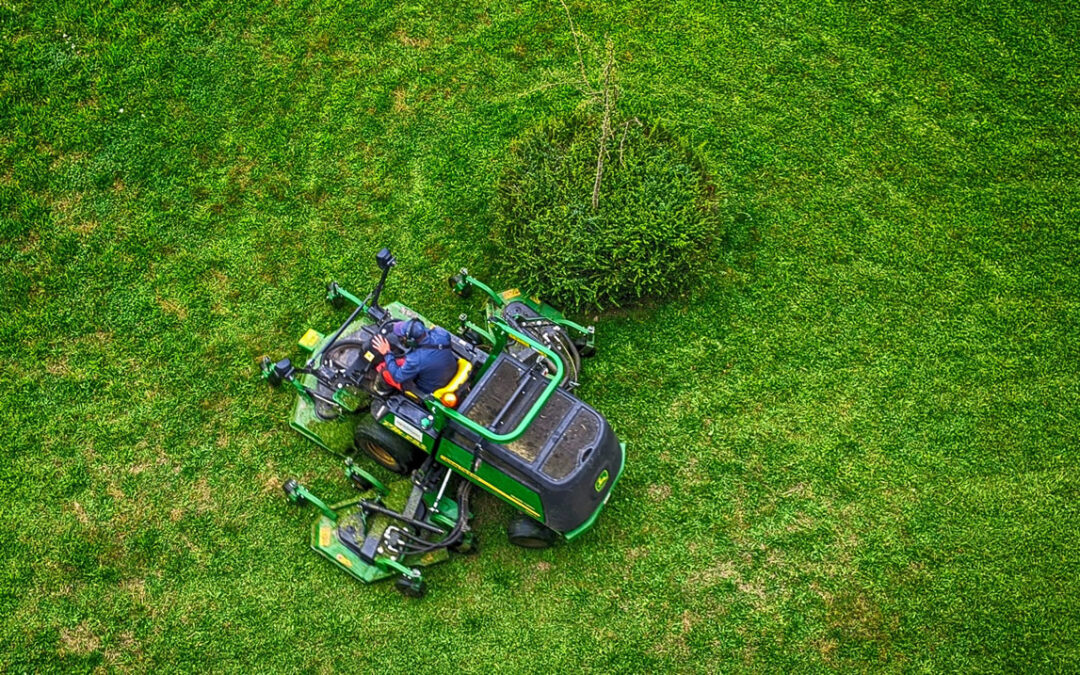The sophistication of your mowing tools won’t matter if you don’t use the best lawn mower mulching blades. The steel of your blades directly affects the picture of your lawn. The problem is that not many homeowners and landscapers know that there are different types of mulching blades — often, they stick with what they have and just slash away.
If you want a greener lawn, you need to start paying more attention to your blades. Not sure which blade is right for your tool and lawn? Keep reading!
Understanding Different Types of Lawn Mower Blades
Lawn mower blades aren’t one-size-fits-all. Each type is designed with specific features to tackle particular mowing tasks:
- Standard Blades (Straight Blades): These are the most common blades. The standard “2-in-1” blades are designed to cut and discharge grass. Standard blades have a straight or slightly curved edge, making them suitable for lawns where clippings are collected or discharged, not mulched.
- Mulching Blades: “3-in-1” mulching blades have a curved design with multiple cutting surfaces. They chop grass clippings into fine pieces, returning nutrients back to the soil. These blades are perfect for eco-conscious homeowners who want to nourish their lawn naturally without bagging clippings.
- High-Lift Blades: High-lift blades have a steep upward angle on their edges for a powerful suction effect. This suction lifts grass blades upright to create a clean cut and effectively discharges clippings into a bagger.
- Gator Blades: Gator blades combine the ability of mulching blades with the suction power of high-lift blades. They feature serrated edges that shred clippings finely while providing excellent airflow for discharge.
Each blade type has its own strengths and understanding them is the first step in selecting the right one for your mower and lawn.
Matching the Blade to Your Lawn Type
Aside from your blade, you should also consider the type of grass you have in your backyard. Identifying your grass takes time, but this step is crucial if you want to pick the best lawn mower mulching blades.
To help with your guesswork, here are the most common grass species:
- Bermuda Grass: Bermuda grass is dense and tough, requiring a sharp, high-lift blade to lift the grass for a clean, precise cut. High-lift blades also work well with Bermuda’s short-growth style, ensuring a professional finish.
- Kentucky Bluegrass: This softer, lush grass benefits from mulching blades that finely chop clippings and return nutrients to the soil. A clean, even cut is important to maintain its vibrant appearance, so keep your blades sharp.
- St. Augustine Grass: St. Augustine grass thrives with high-lift or gator blades because of its thick grass blades and coarse texture. These blade types create strong airflow, ensuring that even thick grass is cut and discharged efficiently.
If you still have zero idea about your lawn’s grass type, you can always resort to gator blades. This versatile blade efficiently cuts various grass types with ease.
A Word on Blade Compatibility
Finding the best lawn mower mulching blades involves more than just identifying your grass species. There are various factors you still need to account for, such as:
- Blade Measurements: Measure your current blade’s length, width, and center hole diameter to find a match.
- Understand Your Mower’s Requirements: Manufacturers often provide a list of recommended blades for their models.
- Inspect Mounting Features: Ensure your replacement blade’s center hole matches your mower’s spindle.
An incompatible blade could destroy your mower or wreak havoc on your lawn.
A Sharp Blade for a Sharp Lawn
Investing in the best lawn mower mulching blades for your mower and lawn pays back with a luscious green field. Visit MowTown Blades Store today and grab the perfect blades for a sharp-looking lawn.
Frequently Asked Questions (FAQs)
How Often Should I Replace My Lawn Mower Blades?
Lawn mower blades should be replaced every one to two years, depending on usage. Regularly inspect your blades for signs of dullness, cracks, or warping, as these issues can affect cutting performance. Replacing blades ensures a cleaner cut and protects your mower from strain.
Can I Sharpen My Mower Blades at Home?
Yes. Blade sharpening should be a part of your routine. However, it’s important to maintain the correct blade angle and ensure the blade is balanced to avoid vibrations during use.
Are Universal Blades a Good Option?
Universal blades are convenient but getting specific yields the best results. While universal blades fit various models, they may require adjustments for optimal cutting results. By selecting the right mower blades, you can enjoy a lush, well-maintained lawn year-round.

